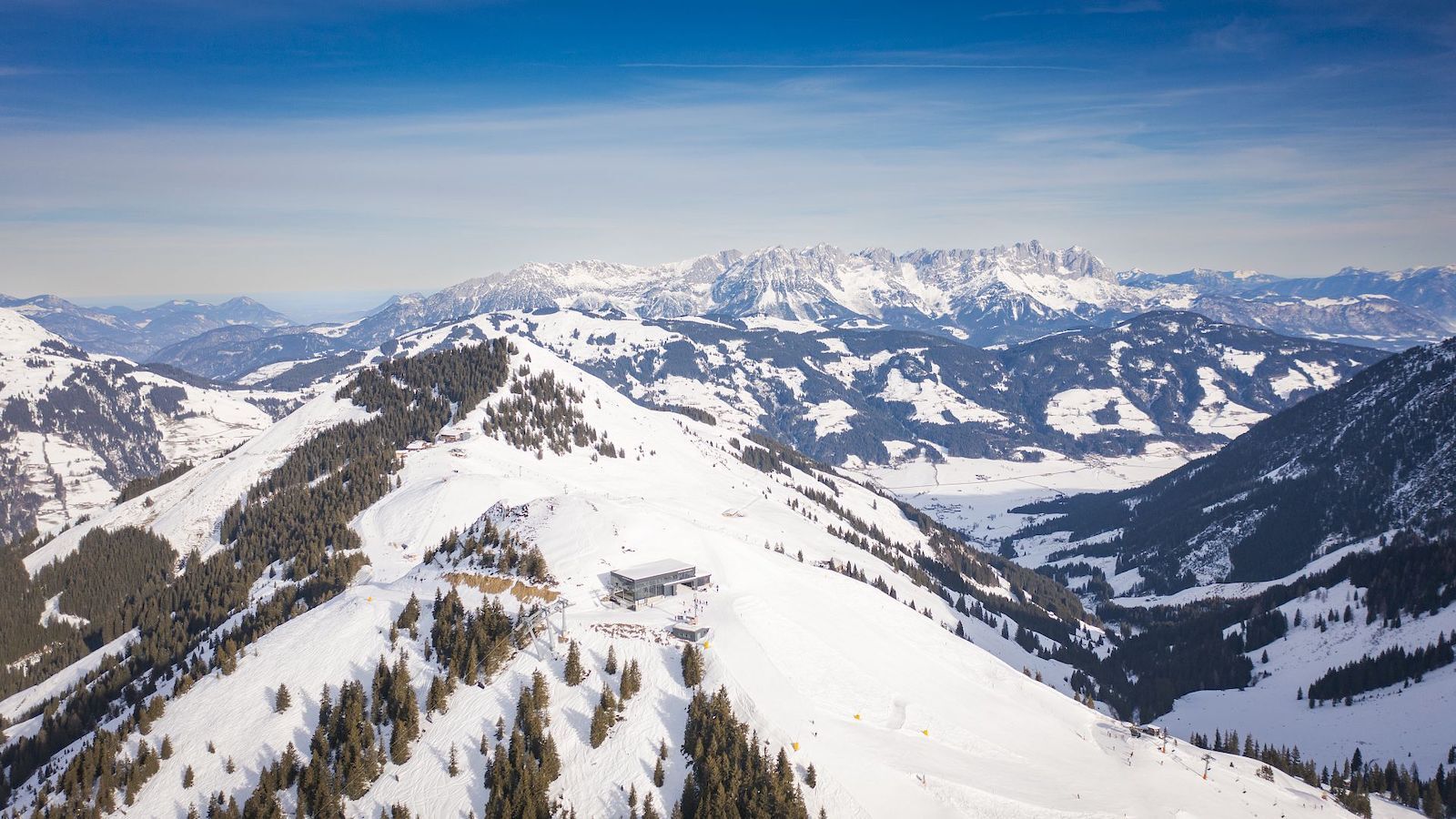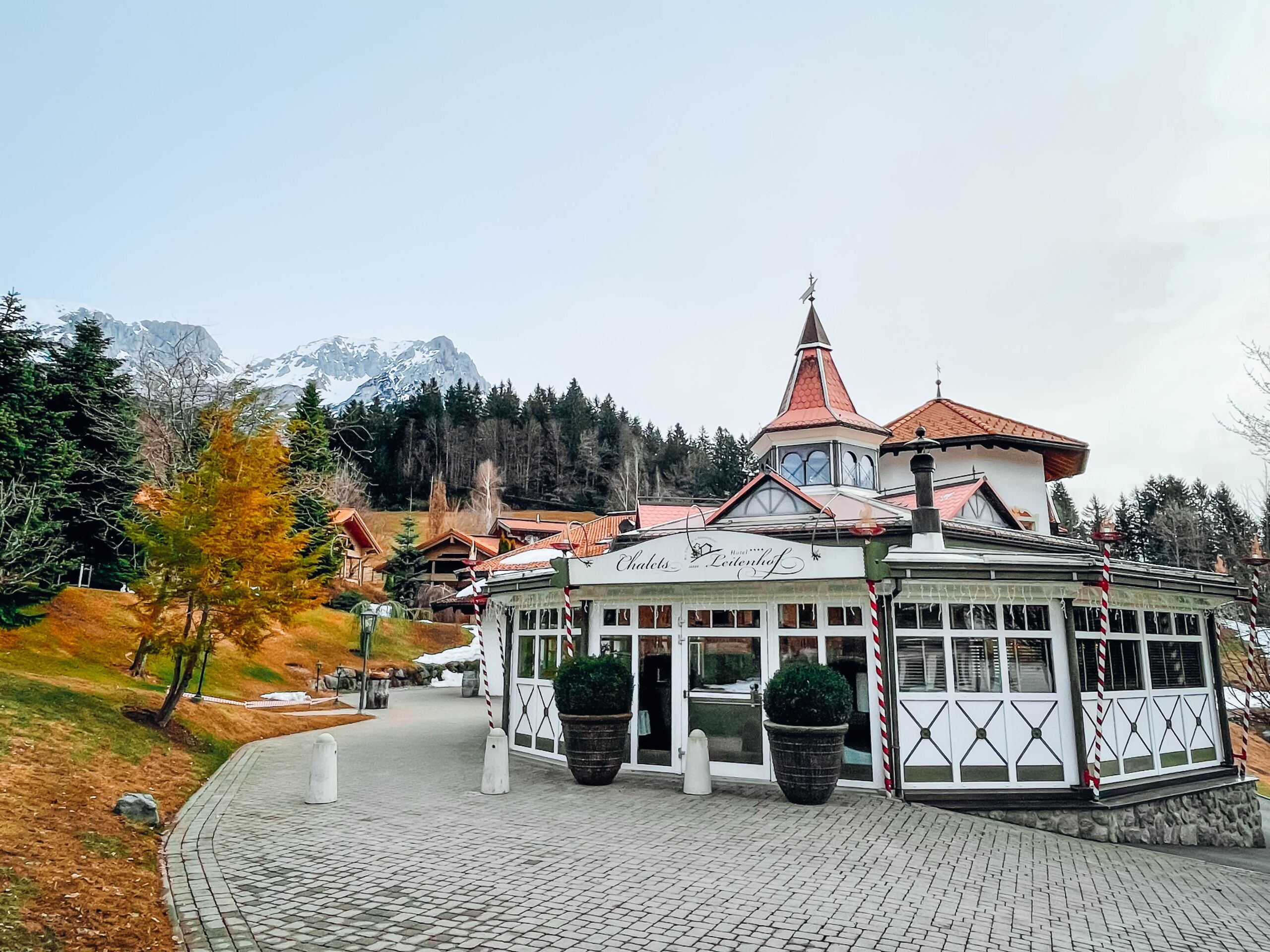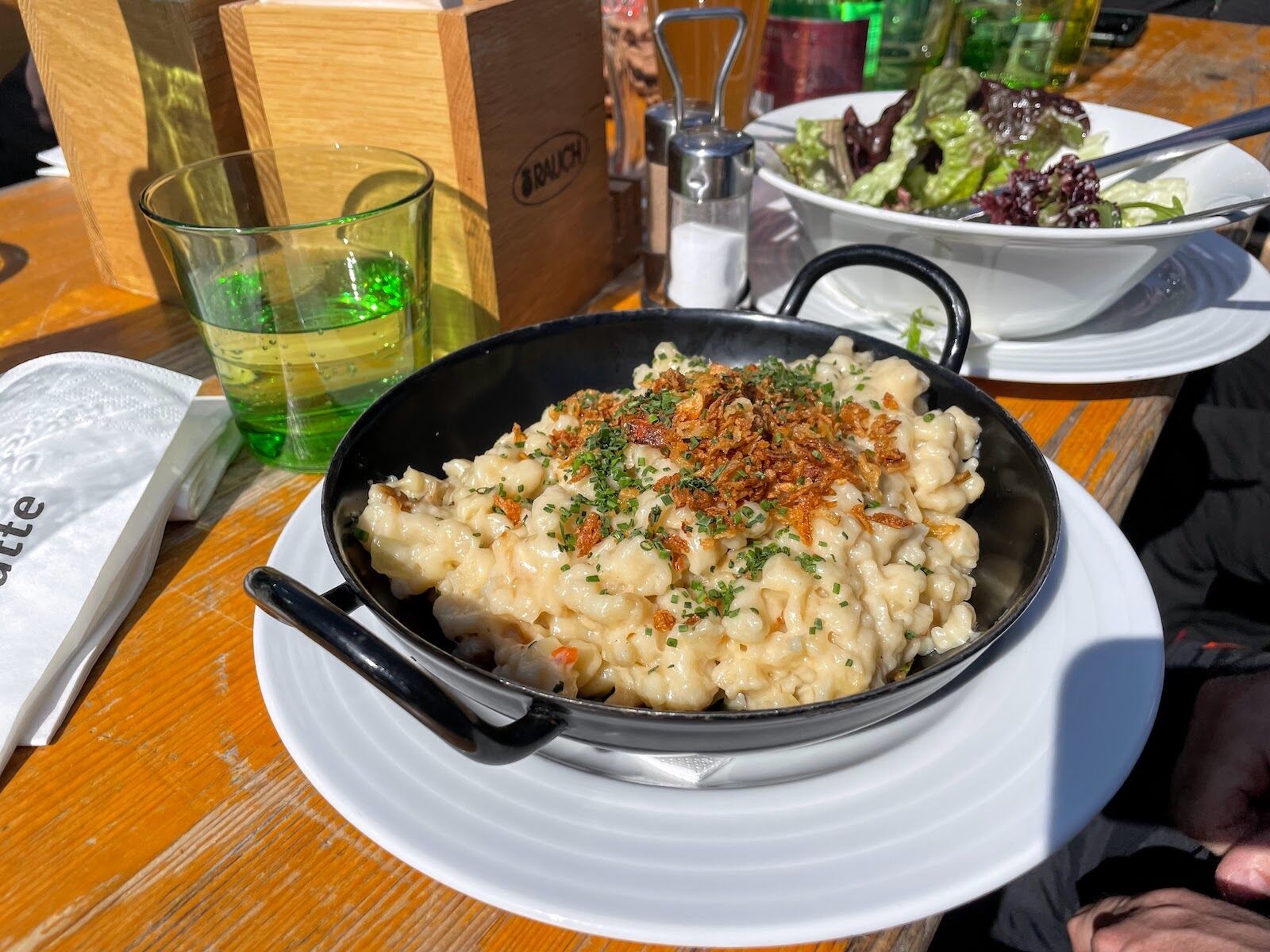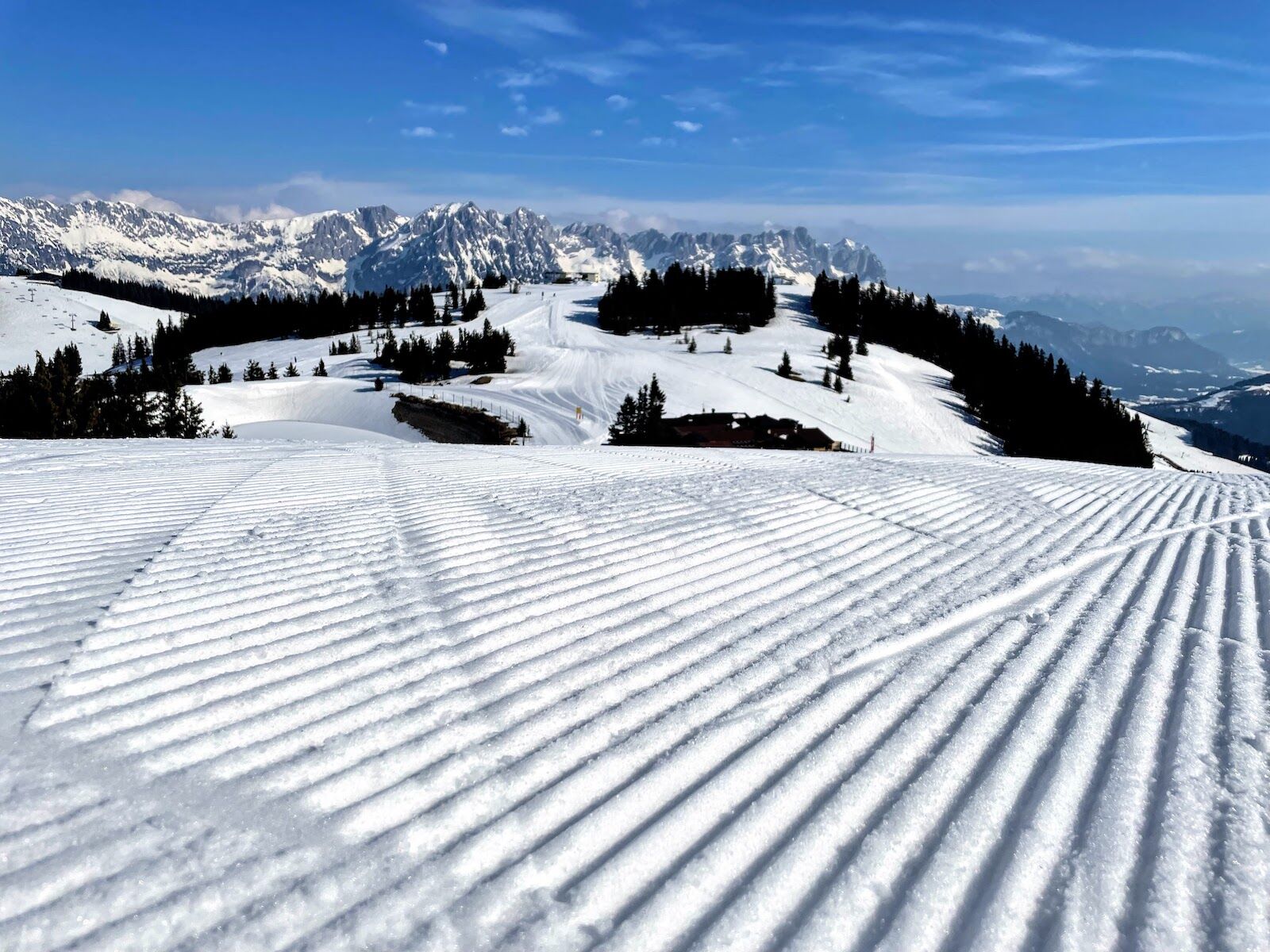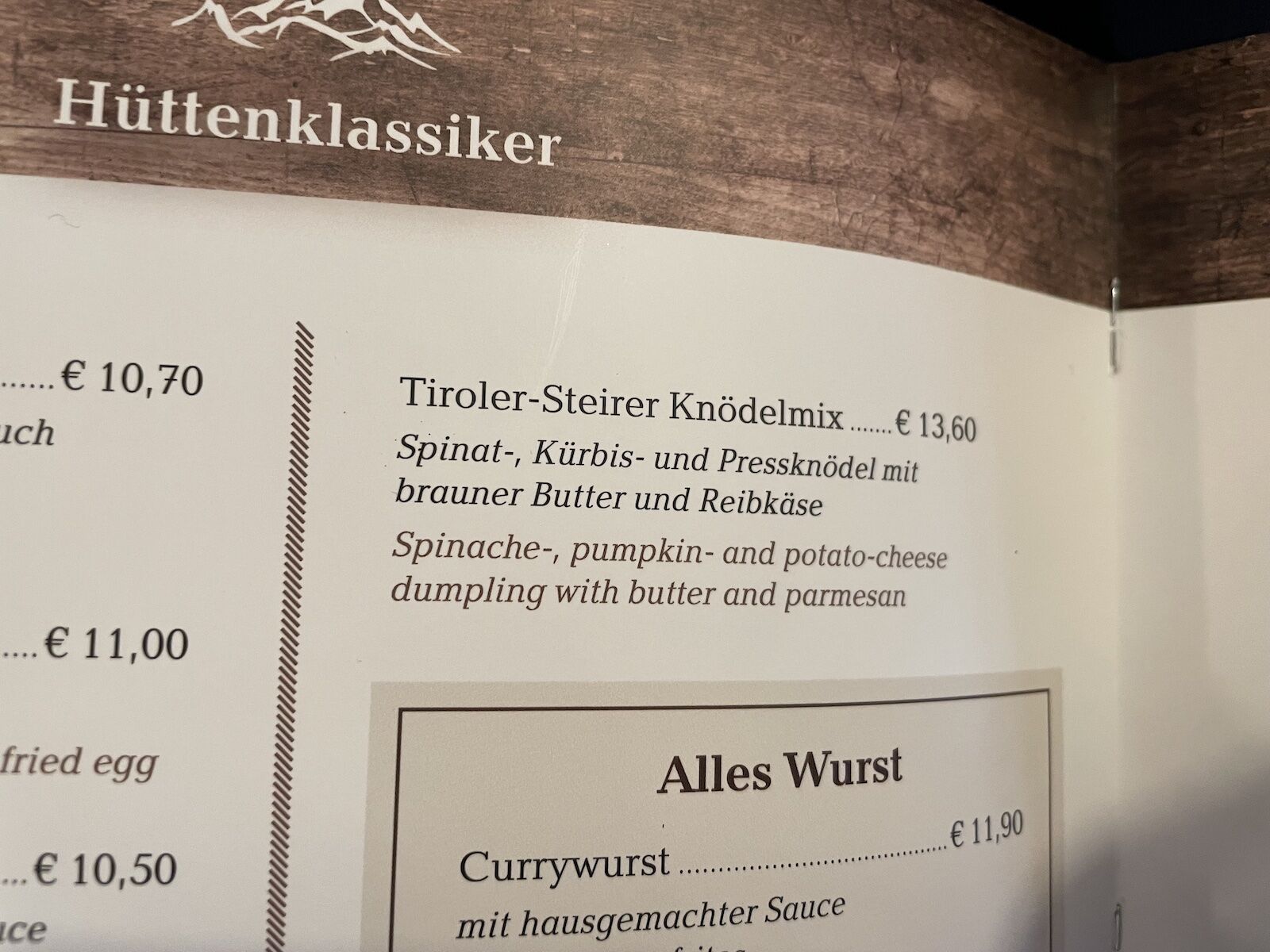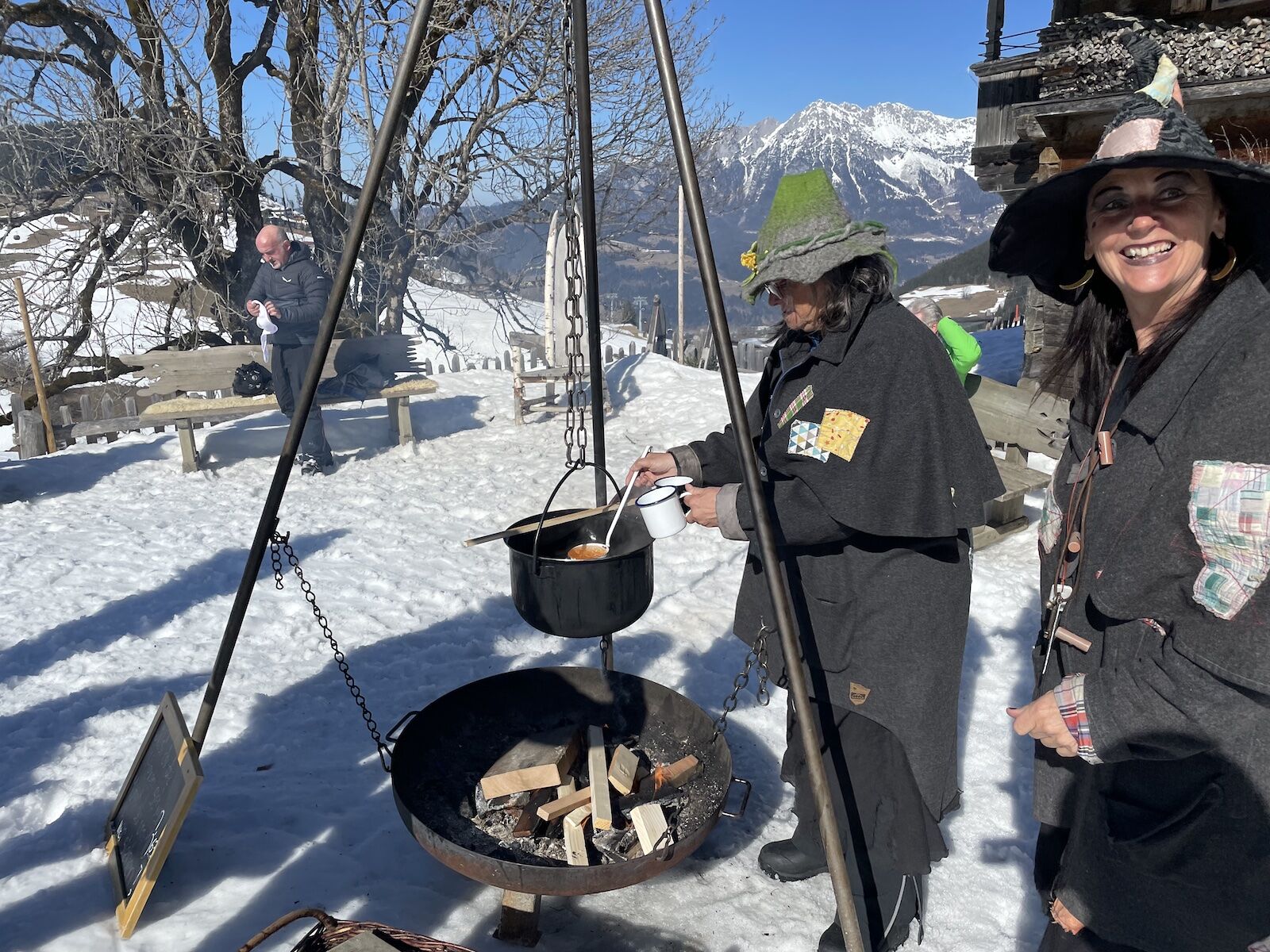As a lifelong snowboarder (well, since age 11 or so), it’s long been a dream of mine to pack up my boots and fly to one of the world’s best ski destinations: the Alps.
The 740-mile-long mountain range covers about 75,000 square miles, making it the biggest mountain range in Europe. The Alps extend into several countries: France, Switzerland, Italy, Liechtenstein, Austria, Germany, and Slovenia. And between them, there are more than 1,000 ski resorts — that’s a lot of places to go skiing in the Alps.

